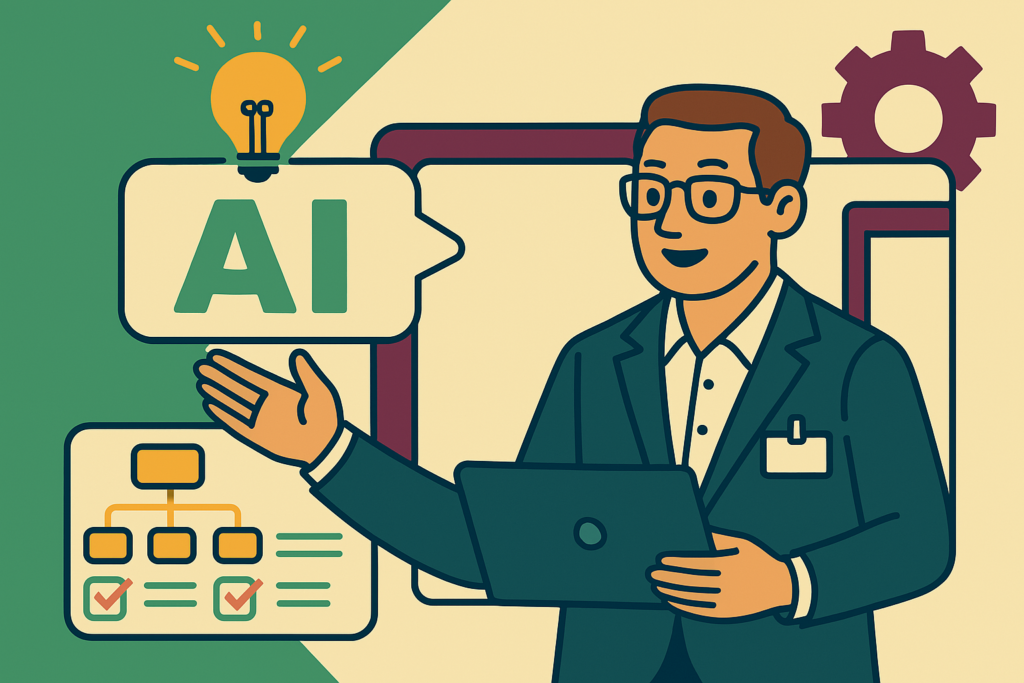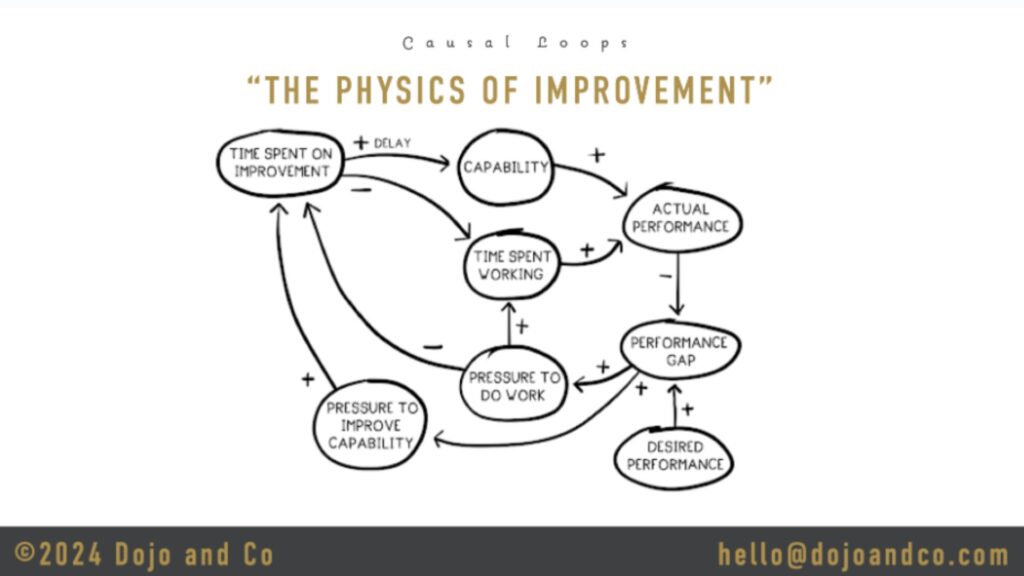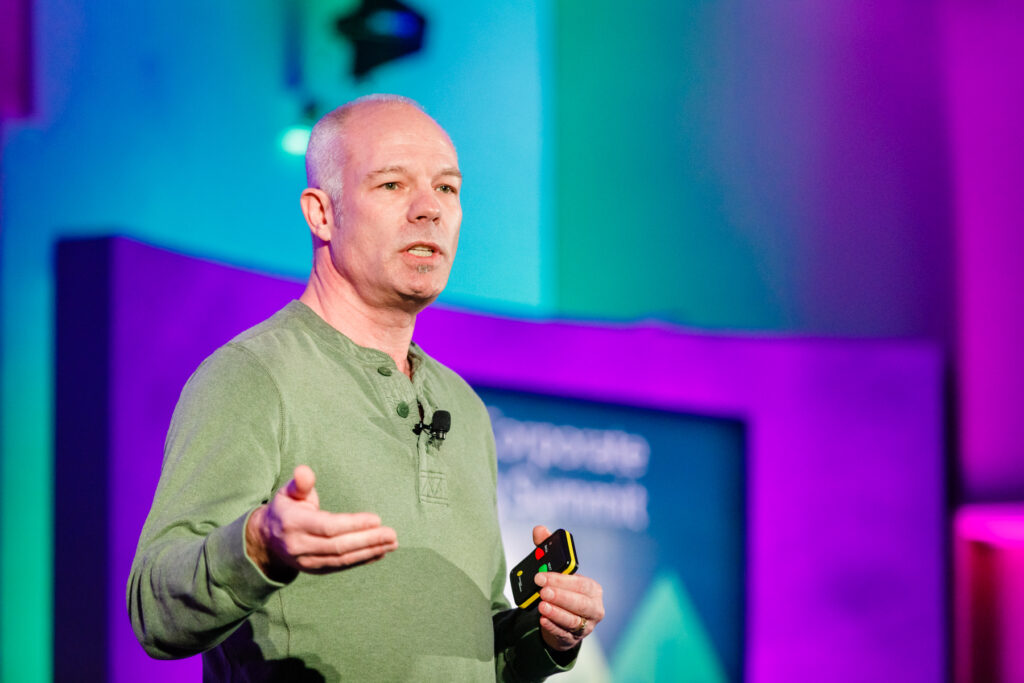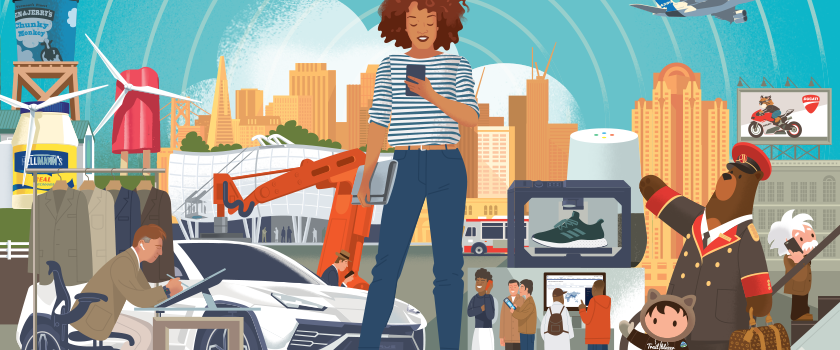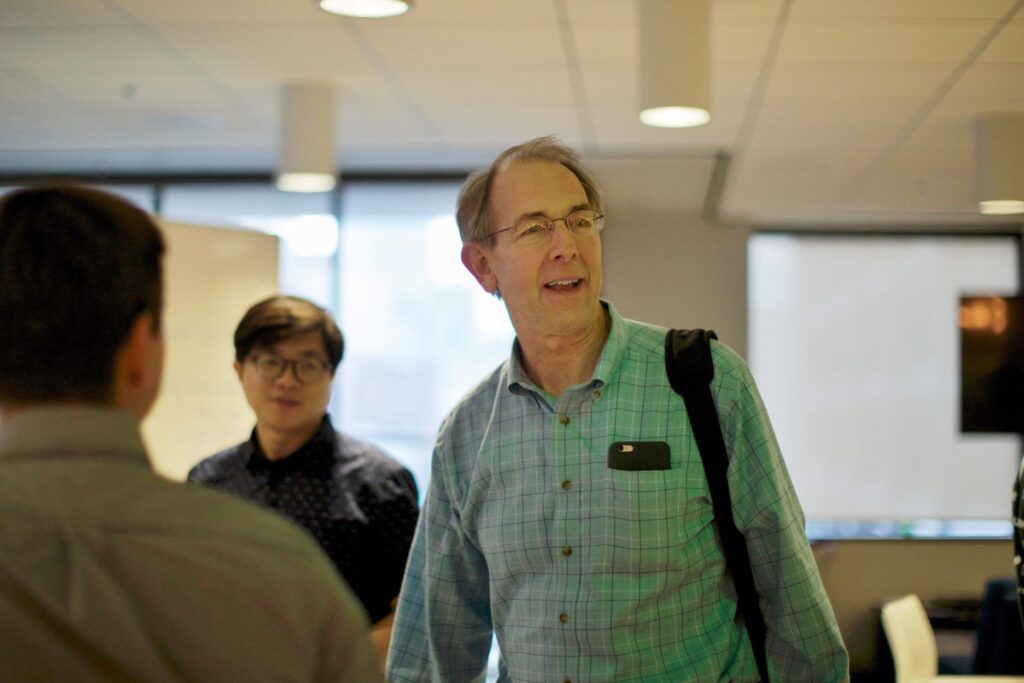Are you ready to take on the challenge of artificial intelligence (AI)? In our recent TechKnowCon presentation, technologist and former NIST researcher Mike Hruska shared his thoughts on the interplay between human intelligence and AI.
Speaking on how AI can empower teams to not only enhance their workflows but improve their overall knowledge, Mike highlighted several key insights that showcase the potential of AI in modern work environments.
Keeping up with rapid innovation requires meaningful AI
The rise of GPTs (generative pre-trained transformers) has created new opportunities for AI to impact the workplace. Researchers predict that around 80% of workers in the U.S. will have at least 10% of their professional tasks impacted by GPTs in the coming years.
However, AI is not replacing human workforces — instead, researchers and experts alike agree the growing use of AI can significantly enhance human intelligence. According to Mike, understanding how AI can positively impact human workers starts with simplifying our idea of the technology:
“Maybe we should just treat it like really good software and ask ourselves a different set of design questions. If there’s artificial intelligence that is a thing, and we have human intelligence which is a thing, how do we enhance our human intelligence? How do we augment ourselves as individuals, as teams, as an organization in a meaningful way?”
Mike Hruska Tweet
Answering these questions gives rise to an augmented enterprise model that leverages AI to improve the user experience while adhering to responsible technology practices. Doing so enables companies like yours to become “unstuck” in tricky areas like cybersecurity and governance, allowing more innovative planning for the future.
AI serves as a focal point for increasing human intelligence
“Why AI?” A simple question, but one that is pivotal to clearly answer in today’s business environment.
Mike believes that AI can serve as a central focal point for increasing and enhancing human intelligence. The ability of AI to reimagine user experiences on platforms and digital applications can transform how work gets done in different professional environments, from offices to remote setups.
Specifically, AI poses seven major benefits that help bolster human intelligence in the workplace:
- Revolutionized learning experiences: AI helps to personalize learning experiences for employees and customers, providing greater access to learning materials for all users.
- Elevated customer experiences: AI-based tools, like virtual agents, can be trained to provide dynamic insights, recommendations, and integrative capabilities.
- Boosted engagement and productivity: AI is vital for automating key operational tasks and can help ensure a high level of productivity in customer experience optimization.
- Democratized knowledge: Through the use of AI, you can broaden your organizational access to internal expertise and collaborative learning.
- Greater business growth and innovation: AI enables advanced analytics that help to drive data-based decision-making, ultimately increasing customer loyalty.
- Increased competitiveness: In today’s modern business environment, you either adapt to change or lag behind the competition. AI gives your company the technological agility needed to adapt.
- Enhanced sustainability and scalability: Through the use of AI, you can optimize your resources to achieve truly scalable solutions and streamlined supply chain management.
The rise of the augmented enterprise & AI virtual agent architectures
The augmented enterprise is, according to Mike, an organization with the capacity to quickly and successfully adapt to change thanks to the use of AI.
“The augmented enterprise is where learning ecosystem thinking is employed. We’re thinking about how people, processes, measurement, technology, experiences, and analytics align with the business strategy. We act as an adaptive learning organization in that we’re able to sense and augment our experiences to continue to learn about the external world and adapt internally.”
Mike Hruska Tweet
At its core, an augmented enterprise unlocks valuable knowledge flows in an organization, enabling collective intelligence at scale. Customers benefit from the tech-based capabilities of AI that provide more comprehensive and tailored support to complement human-based interactions.
To achieve this requires surpassing the concept of chatbots to build more advanced virtual agents.
The virtual agent architecture is a customized application that builds upon GPTs to provide highly specific and nuanced services to customers and employees. These agents are trained using data on different organizational behaviors and target personas, all while keeping the agent contextually relevant within your company’s exact business scenario.
“I think if we approach this as not thinking about things as a chatbot but thinking about things as hyper-intelligent agents that make our human intelligence a whole lot better, there’s a huge opportunity for us to not just impact our teams but to impact everyone in our organization.”
Mike Hruska Tweet
Beginning your company’s AI journey
“Start with building a team that believes in the dream.”
Mike Hruska Tweet
Getting your own company’s AI strategy off the ground begins with refocusing your workplace culture on the value of collaboration. Introducing AI to the workplace can be nerve-wracking for employees who feel the technology may replace their position, making it vital to emphasize how AI is being leveraged to enhance experiences, not replace them.
From a learning and development perspective, a successful AI journey comes down to perfecting GPT prompts. When building virtual agents, make sure your prompts are specific to the context and personas of your target audience. Additionally, when training agents, provide thorough details regarding the exact tone and format for prompt delivery to ensure a personalized experience for end-users.
The reality is that AI is rapidly increasing the speed of technological evolution. We are standing at the cusp of a tremendous spike in human ingenuity, powered by AI capabilities that take on the burden of analytical tasks to free human intelligence to reach its full creative potential.
Ultimately, building an augmented enterprise and augmented intelligence teams comes down to viewing AI as a key collaborator and enabler of human innovation.

